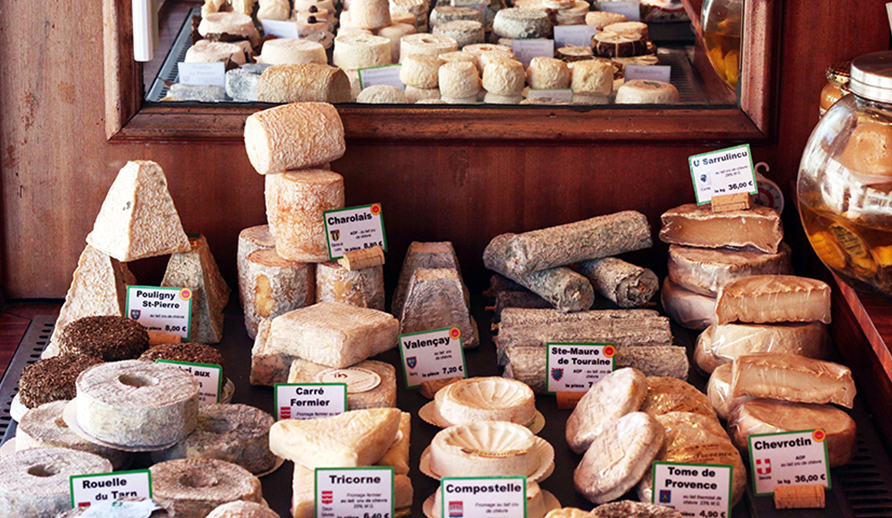
Many people tend to confuse the words „recyclable“ and „recycled“. However, although they share a common root, these two terms do not have the same definition. This article will help to distinguish them once and for all.
What is a recyclable material?
Recycling means reintroduction, after treatment, into the production of a new product. A recyclable material must therefore meet this requirement. Nowadays, most materials are recyclable, such as :
- steel ;
- aluminium
- cardboard
- paper
- plastic
- polystyrene
- glass.
These come from household waste and can be recycled through specific channels. There are also channels reserved for other waste, industrial or from waste collection centres, which may include wood, tyres, green waste, textiles, etc.
What are the rules for a material to be recyclable?
The eco-organisation Citeo has published a guide to the rules of recyclability in order to understand them. Indeed, it is not enough that a material is intrinsically recyclable. It must also meet a number of specific parameters.
The material may be combined with another material in a product or packaging. Both may even be intrinsically recyclable. However, if they belong to different recycling streams, only the main component will be effectively recyclable.
This is the case, for example, of a paper label wrapped around a plastic bottle. Only the latter will be able to enter a recycling process.
In addition, some materials must meet specific criteria. This is the case for paper, cardboard, glass and plastic. To begin with, paper and cardboard must be made up of a majority of fibrous materials. Otherwise, they cannot be recycled.
As far as glass is concerned, there are certain restrictions that prevent it from being fully recyclable. For example, specific types of glass, such as crystal or ceramic, are not recyclable.
The case of plastics is more complex, as they must first be categorised according to their composition. There are soft plastics on the one hand and rigid plastics on the other, which are separated into three categories: PET, PE/PP and others. The criteria for soft and rigid plastics are relatively complex. The Citeo guide explains the details. Depending on these precise criteria, the plastic will be recyclable or not. In any case, a rigid plastic that does not belong to the PET, PE or PP families is not recyclable.
How to recognize a recyclable material ?
Several logos exist depending on the material. If one of them is present on the product or packaging, then it can be recycled:
- for steel ;
- for aluminium;
- the Triman logo is used on recyclable packaging that can be sorted as such;
- the Moebius strip without a number inside indicates that the material is recyclable.
They should not be confused with the „Green Dot“, „Eco-Folio“ or „Citeo“ logos, which only indicate that the producer of this packaging has paid its ecological contribution to an eco-organisation.
What is the difference with recycled material ?
It is therefore easy to understand the difference between a recyclable material and a recycled material. The former has a set of characteristics that allow it to be integrated, theoretically, into an existing recycling channel. The latter has actually joined such a channel and could be transformed for integration into a new product.
Why are not all recyclable materials recycled?
Not all recyclable materials are recycled. Why is this? On the one hand, because not all people sort their waste. Secondly, even if sorting is carried out, errors can sometimes lead to „sorting refusals“. This means that a skip containing non-recyclable products does not go into the recycling stream but into the household waste stream.
The recycling figures for France in 2018, provided by Citeo, illustrate this discrepancy. Although 88% of French people sort their waste, only 48% of them do so systematically. This results in recycling rates by material that can still be greatly improved:
- 44% for aluminium ;
- 68% for paper and cardboard, broken down into food packaging for almost 53% and other paper/cardboard for 69%;
- The performance for plastics is poor, at less than 27%, broken down into 58% of flexible plastic bottles recycled and 4% for other plastics;
- almost 87% for glass.
The case of plastics: the reasons for the large gap between recyclable and recycled
It is important to note that, for plastics, these figures can be explained. Indeed, the current sorting instructions for plastics are unclear. Many French people hesitate between which plastics to sort and which to throw away in the household waste bin. As a result, if the wrong choice is made, if non-recyclable plastic arrives in the recycling stream, the bin will be disposed of. On the other hand, if it is recyclable but ends up in the household waste, it will not be recycled either.
To overcome this problem, an extension of the sorting instructions for plastic has been tested for several years. Today, about 24 million French people are concerned. For the others, the objective is to be able to send all plastics to recycling facilities by the end of 2022. There is no doubt that this will substantially increase sorting performance and therefore the recycling rate for this material.
If you liked this article, we invite you to discover Flexico’s waste management policy.


